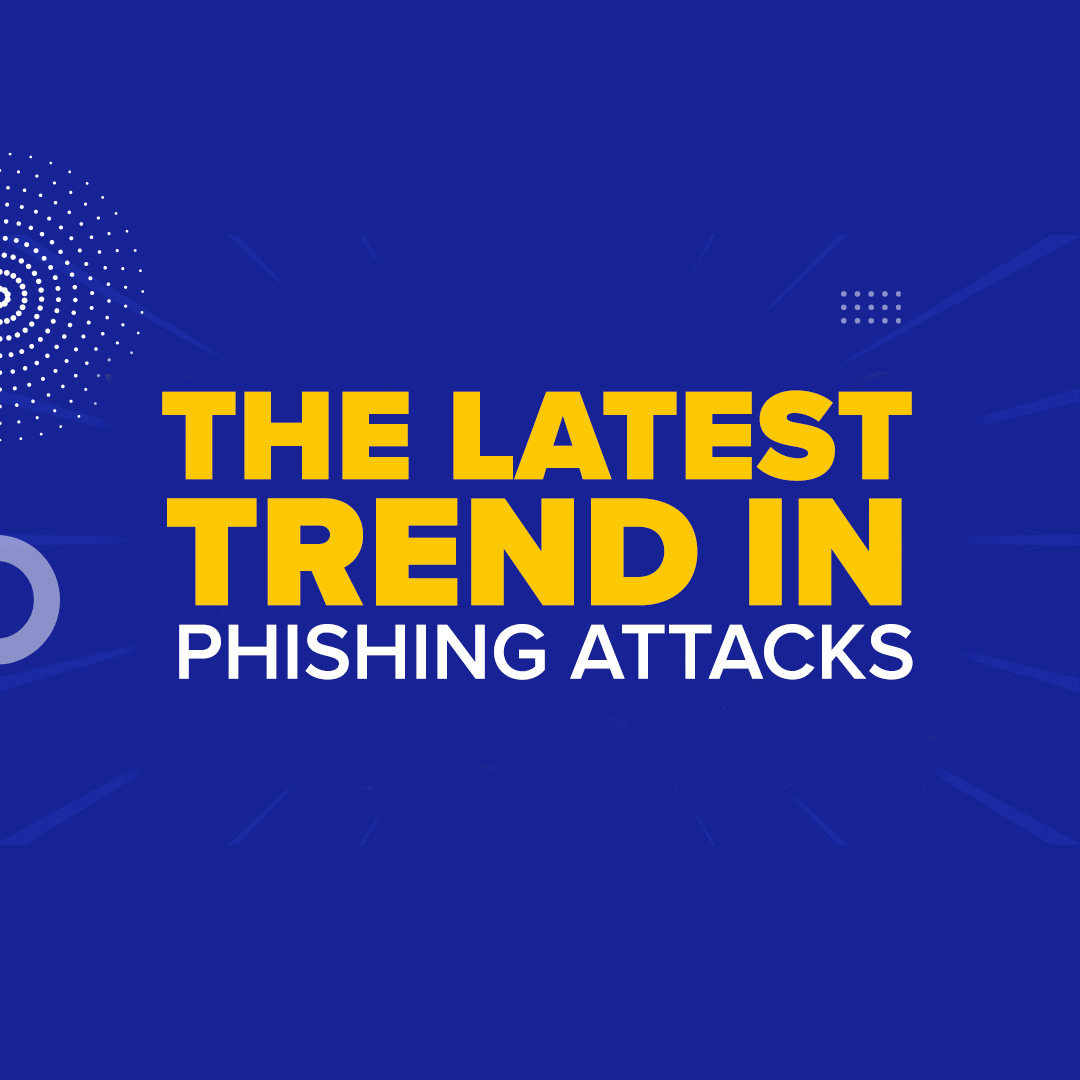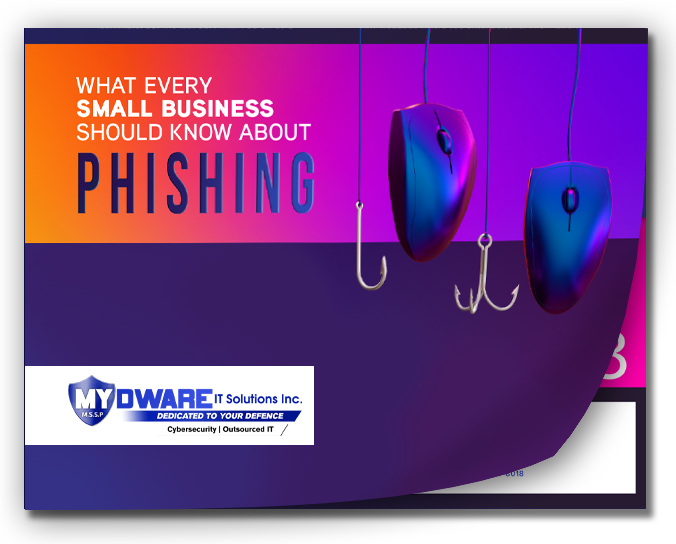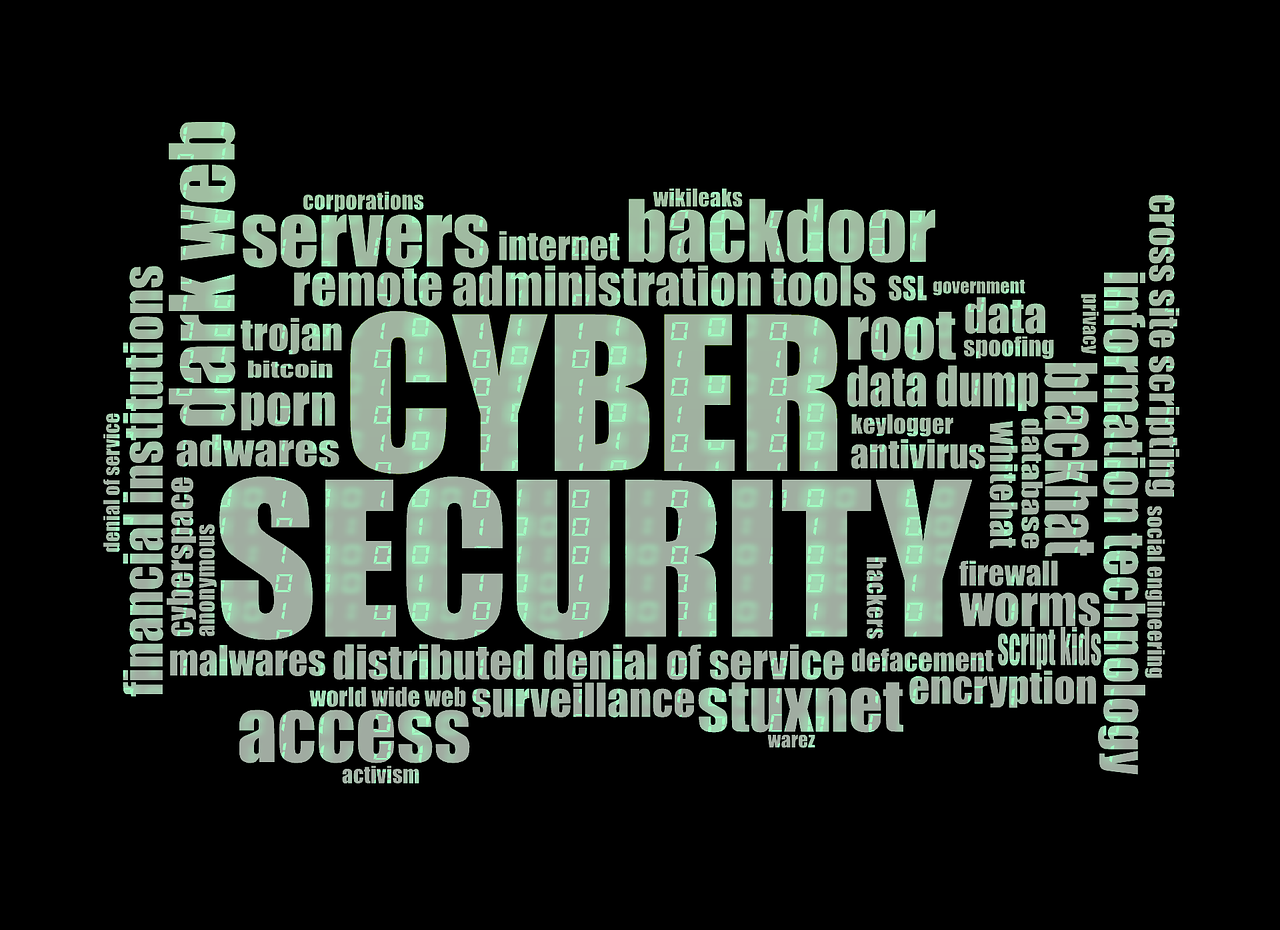
Have you ever heard the expression "a picture is worth a thousand words"? It appears that cyber thieves have as well, and they're taking advantage of it.
Cyber crooks are persuading victims to click on images rather than downloading malicious files or visiting suspicious links in a new twist on phishing efforts.
Let's look at the warning indicators so you can protect your company from these covert attacks.
First and foremost, what is the significance of clicking on an image? It could be marketing a fantastic price or a limited-time promotion.
However, when you click on the image, you are not taken to the actual page. Instead, it's a fake website intended to steal your personal information.
Consider being enticed by a nice cat photo only to be disappointed that Mr. Whiskers was actually a wolf in sheep's clothing! Not so cute anymore, right?
So how do you recognize a phishing operation when you see one? The following are some red flags to watch out for:
Unexpected emails: Did a stranger or someone you weren't expecting send you an email? Watch out! You never know what you're getting yourself into when you take chocolates from a stranger.
Too good to be true: If an email asks you to click on a picture in exchange for a free vacation or a chance to win a million dollars, follow the adage "if it sounds too good to be true, it probably is."
Spelling and grammar mistakes: Grammar and spelling errors can happen to everyone; but, if an email is rife with them, there may be a problem.
Mismatched logos or branding: Consider an email to be fraudulent if it appears to be from a respectable company yet the branding or logo don't match.
Let's speak about how to defend your company from these image-based phishing attacks now that you know what to look for:
- Educate your employees: Knowledge is power! Make sure your team is knowledgeable on the most recent phishing techniques and is able to recognize the warning flags.
- Keep software up-to-date: Just as you wouldn't operate a vehicle with flat tires, don't allow your software to get out-of-date. Regular updates assist in repairing security flaws that hackers could exploit.
- Use strong passwords: Use secure passwords; it may be alluring to use "password123" for all of your accounts. Refrain from doing so! Each account should have a strong, individual password to help prevent illegal access. Making use of a password manager is preferable.
- Enable multi-factor authentication (MFA): MFA offers an additional degree of security by forcing people to confirm their identification by another method, such as a text message or fingerprint scan.
- Backup your data: In the event of a calamity, make sure you have a backup of all your files. That way, if your data is compromised, you won't be left high and dry.
While cybercriminals' strategies are becoming increasingly sophisticated, there is no reason to fear. You can keep one step ahead of these digital swindlers by being aware of the warning signs and taking proactive steps to protect your business.
Remember, not everything that glitters is gold, and not every nice cat photo is merely a pretty cat picture. Keep an eye out for scammers and don't let them win!




